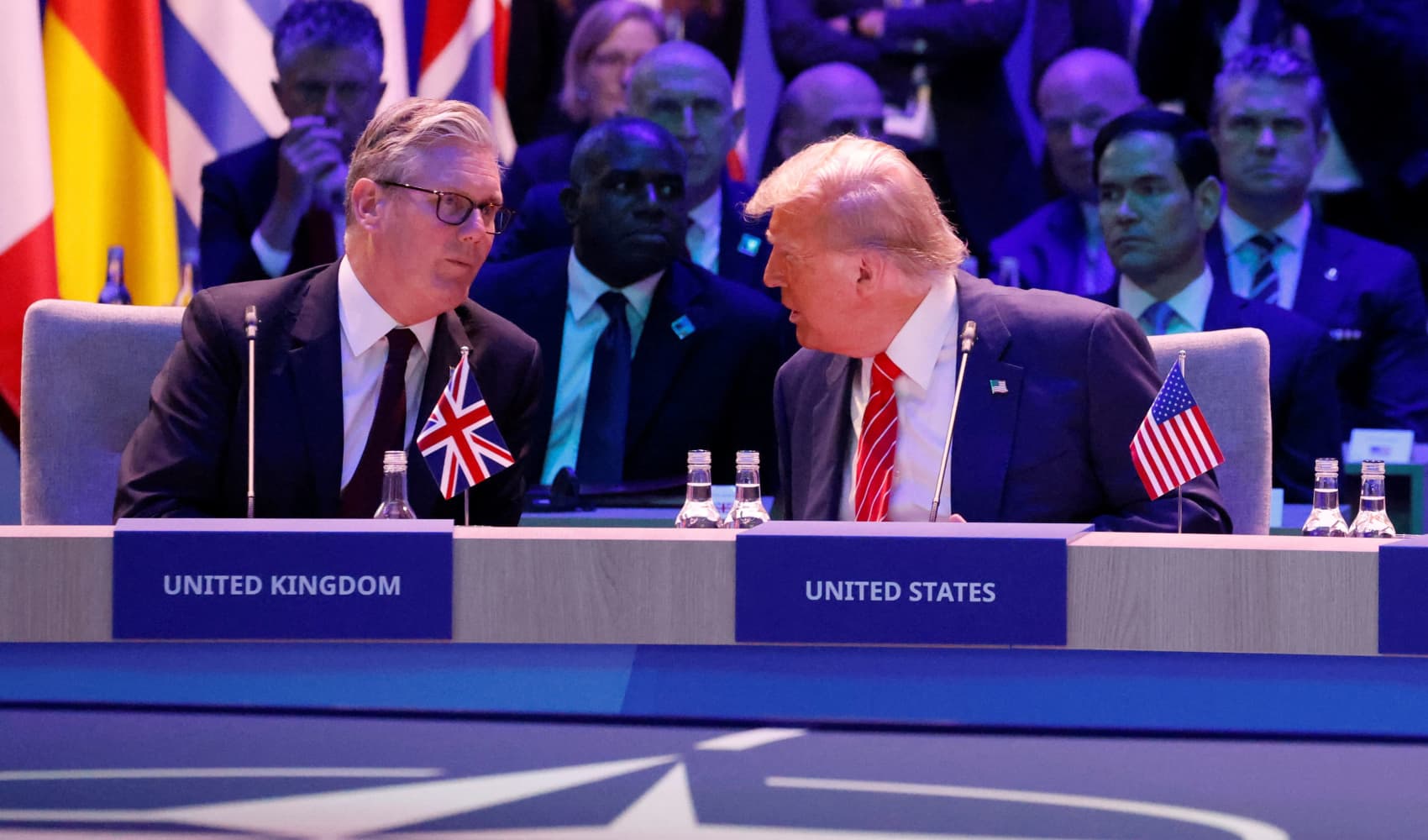The first half of the year has unfolded as a veritable rollercoaster of geopolitical shifts and economic turbulence, yet global financial markets have remarkably demonstrated an enduring resilience, echoing an investor mantra of “keep calm and carry on.” Despite a landscape frequently reshaped by significant political movements, evolving global trade dynamics, and regional conflicts, major indices like the S&P 500 and Nasdaq Composite have defied volatility, achieving fresh all-time highs and underscoring a steadfast confidence among market participants.
This unwavering performance is particularly evident in key market statistics, painting a picture of surprising strength. The S&P 500 surged by 0.52% to close at a record 6,204.95, while the Nasdaq Composite advanced 0.47% to reach an unprecedented 20,369.73 on Monday, both signaling robust investor sentiment. Beyond the U.S., European markets, as tracked by the Stoxx 600, have climbed 6.7%, and Asian counterparts, including Hong Kong and South Korea, boast impressive year-to-date gains of approximately 20%. Such figures highlight a global investment environment that, despite facing headwinds, has consistently delivered respectable returns.
Amidst these market movements, global trade policy remained a contentious arena. The White House stirred headlines by asserting that Canada had “caved” to U.S. President Donald Trump’s demands, hastily retracting its digital services tax. This development followed threats from the U.S. President to disrupt crucial trade negotiations, illustrating the high-stakes nature of international economic diplomacy and the significant leverage wielded by major trading partners in shaping global commerce.
Economic indicators from Asia further underscored the complex global economic narrative. China’s manufacturing sector, a vital component of the global economy, unexpectedly expanded in June, with the Caixin/S&P Global manufacturing purchasing managers’ index registering 50.4, surpassing Reuters’ estimate of 49. This positive reading diverged from China’s official PMI report, which typically surveys a broader range of companies. Such a robust performance from the world’s second-largest economy signals a potential bright spot amidst broader economic uncertainties.
The political sphere also witnessed sharp criticisms, notably from Tesla and SpaceX CEO Elon Musk, who vehemently denounced a Trump-backed “megabill,” controversially labeling it “DEBT SLAVERY.” Musk not only doubled down on his efforts to derail the legislation but also publicly called for the formation of a “new political party,” vowing that any fiscal conservative supporting the bill would face electoral defeat in their next primary. This outspoken stance reflects growing discontent within certain business and tech circles regarding fiscal policy and government spending in US Politics.
Looking ahead, increased defense spending among NATO members is poised to create significant economic opportunities. With these nations committing to substantially higher defense spending targets, a notable boon is anticipated for certain companies, particularly those headquartered in Europe. This heightened allocation towards defense is expected to translate into substantial boosts to the bottom lines of defense contractors and related industries, shaping a new economic dynamic fueled by geopolitical security imperatives.
Finally, a crucial emerging theme in the global technology landscape is the concept of “sovereign AI.” As artificial intelligence becomes increasingly ubiquitous, experts at the CNBC’s East Tech West conference emphasized the imperative for nations, especially emerging economies, to cultivate their own sovereign AI capabilities. This involves controlling national AI technologies, data, and associated infrastructure to ensure strategic autonomy, meet unique national priorities, and bolster national security in an increasingly data-driven world, marking a significant trend in AI Trends.
Discover more from The Time News
Subscribe to get the latest posts sent to your email.






